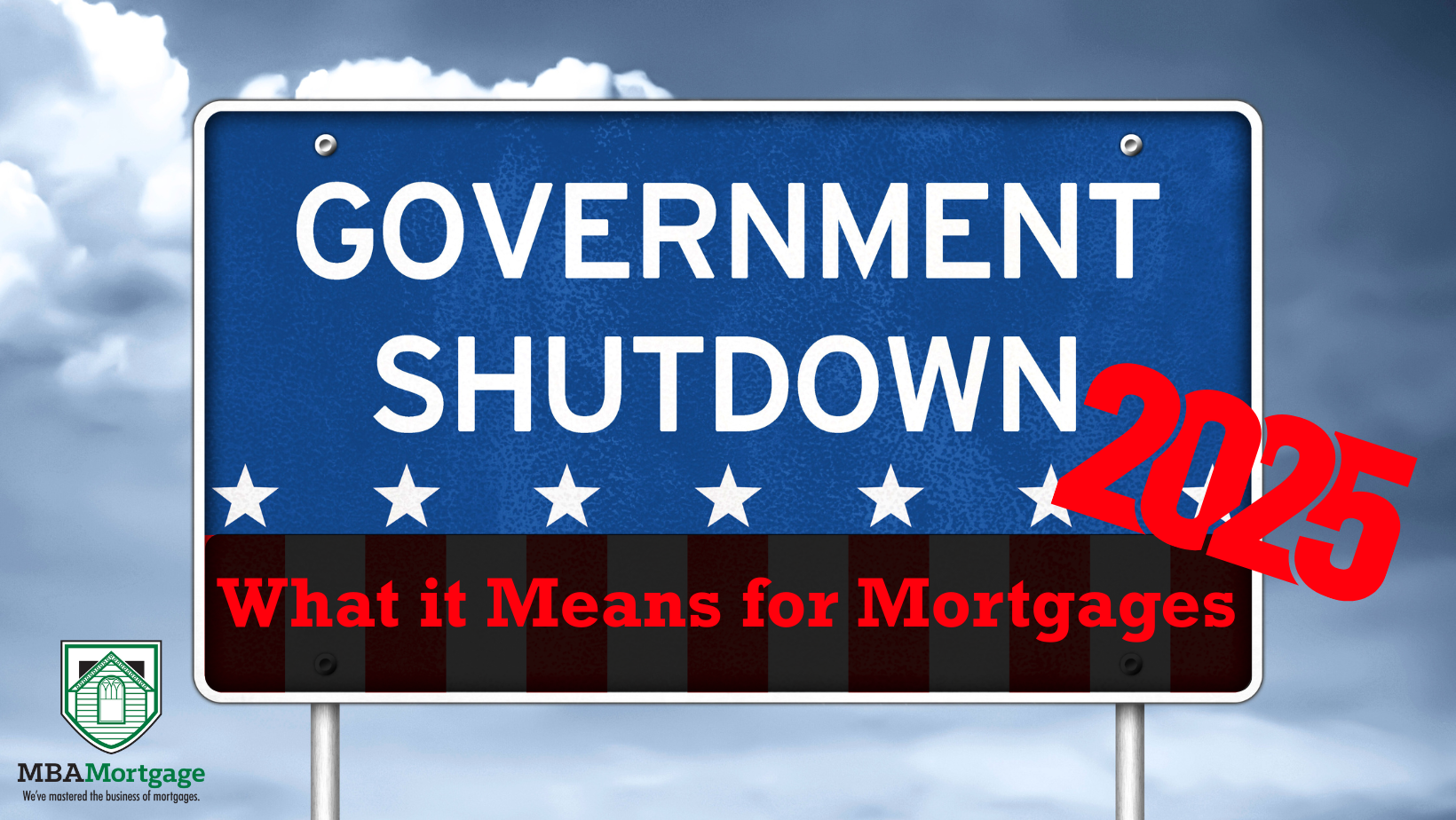The federal government officially entered a shutdown on October 1, 2025 — now referred to…
How Could Refinance Rates Today, Save You Money Tomorrow?
Refinancing can feel like one of those big financial decisions that lingers in the back of your mind. You know it might save you money, but the timing never feels obvious. With refinance rates today shifting up and down and news headlines changing by the hour, it’s hard to tell if you should act now or wait it out. The truth is, there’s no universal “perfect time” to refinance. Instead, it comes down to your unique situation: your loan, your goals, and your timeline. Still, keeping an eye on market trends can give you valuable perspective.
Let’s break down where refinance rates stand today compared to last year, what drives those changes, and how you can decide if now is the right moment to make your move.
Where Refinance Rates Stand Today
Mortgage rates are not static — they shift daily based on broader financial markets. According to Freddie Mac’s Primary Mortgage Market Survey, the average 30-year fixed mortgage rate has fluctuated significantly over the past year. At times, it has climbed above 7%, while in other stretches it has dipped lower.
That may not sound like a huge difference on paper, but consider this: a change of even half a percent in your mortgage rate could mean hundreds of dollars a month in savings — or costs — depending on the size of your loan.
This is why homeowners keep such a close eye on rates. Every adjustment matters.
How Rates Compare to Last Year
So how do refinance rates today stack up against last year?
- In 2024, rates hovered in the mid-to-high 6% range, often topping 7% as inflation and Federal Reserve policy pushed borrowing costs higher.
- In 2025, we’ve seen some cooling — not massive drops, but enough to catch the attention of homeowners who missed earlier opportunities.
If you locked in a mortgage at the peak of the rate climb, you may be sitting on a loan well above current averages. That gap could make refinancing worth exploring.
But here’s the catch: even if rates are lower today than they were when you closed, refinancing doesn’t automatically make sense. The decision depends on a mix of factors unique to your situation. We’re happy to take a look and help you decide if the timing is right, just reach out to one of our mortgage experts here!
What Drives Mortgage Rates?
Understanding what moves mortgage rates helps to cut through the noise. Rates don’t shift randomly; they respond to economic forces.
One of the biggest influences is the 10-year U.S. Treasury yield, which acts as a benchmark for long-term borrowing costs. Investors see Treasuries as low-risk assets, and when yields rise or fall, mortgage rates often follow. You can track the latest movements yourself through CNBC’s U.S. 10-Year Treasury page.
Other key drivers include:
- Federal Reserve policy: The Fed doesn’t set mortgage rates directly, but its decisions on short-term interest rates influence overall borrowing costs.
- Inflation trends: High inflation pushes rates up, while signs of easing inflation can pull them down.
- Investor demand: Mortgage-backed securities are bought and sold on global markets, and demand levels also affect rates.
By following these factors, you can get a sense of where rates may be headed. But remember: markets are unpredictable, and waiting for the “perfect” dip could cost you in the long run.
How to Know If You’re Ready to Refinance
The real question isn’t just “What are rates today?” but “Does refinancing fit my situation right now?” Here are the biggest factors to weigh:
- Your Current Interest Rate vs. Today’s Market
A simple rule of thumb: refinancing starts to make sense if you can lower your rate by at least 0.5% to 1%. That difference often justifies the closing costs and fees.
For example:
- A $350,000 mortgage at 7.25% refinanced to 6.25% could save over $200 per month. That’s more than $2,400 a year.
- Your Break-Even Point
Every refinance comes with upfront costs, typically 2%–5% of the loan balance. The “break-even point” is how long it takes for your monthly savings to outweigh those costs.
If you’re saving $200 per month and your refinance costs $6,000, it’ll take 30 months to break even. If you plan to stay in the home longer than that, refinancing may be a win.
- Your Credit and Financial Profile
Your credit score, debt-to-income ratio, and home equity all affect your ability to qualify for the best refinance rates. Even if market rates look favorable, you’ll want to be sure your financial profile positions you for approval.
- Your Goals
Not all refinances are about lowering your rate. You might want to:
- Reduce your loan term (say, from 30 years to 15 years) to pay the loan off faster.
- Eliminate private mortgage insurance (PMI) so more of your monthly payments does to paying down the principle.
- Tap into equity with a cash-out refinance for home improvements.
- Consolidate debt at a lower rate.
Each of these goals changes the math on whether refinancing makes sense for you.
Common Mistakes to Avoid
Refinancing can be a powerful tool, but homeowners often make missteps that cost them in the long run. Here are three to avoid:
- Waiting too long for the lowest rate. Rates fluctuate daily, and holding out for a “perfect” dip could mean missing savings that are available right now.
- Focusing only on the rate. Closing costs, fees, and loan terms all matter just as much as the advertised rate.
- Refinancing too often. Each refinance resets your loan timeline. Extending from 20 years left to 30 years again might lower your payment, but it can increase total interest over the life of the loan.
Why Now Could Be the Right Time
The decision ultimately comes down to your personal math. But compared to last year, refinance opportunities may be opening up:
- Rates are off their peak highs. Even a modest drop could save you thousands over the life of your loan.
- Market conditions are shifting. If inflation continues to cool, we could see additional downward pressure on rates — but there’s no guarantee.
- Home equity has grown. Many homeowners have built significant equity in recent years, giving them more flexibility in refinance options.
If you’re in a higher-rate loan, exploring your refinance potential now could help you capture savings before the market moves again.
The Bottom Line
“Refinance rates today” isn’t just a headline or a number on a chart — it’s a window into your financial opportunity. Compared to last year, the landscape has shifted enough that homeowners should at least run the numbers and see if a refinance makes sense.
The key is to look beyond just the average rate and focus on your specific situation: your loan balance, your break-even timeline, and your long-term goals.
Ready to See Your Options?
Deciding whether to refinance doesn’t have to be complicated — but you shouldn’t leave it to guesswork either. Working with a loan officer can give you clear answers tailored to your situation.
👉 Request a refinance quote today and see how today’s rates compare to your current loan. Even a quick look could reveal thousands in potential savings.




